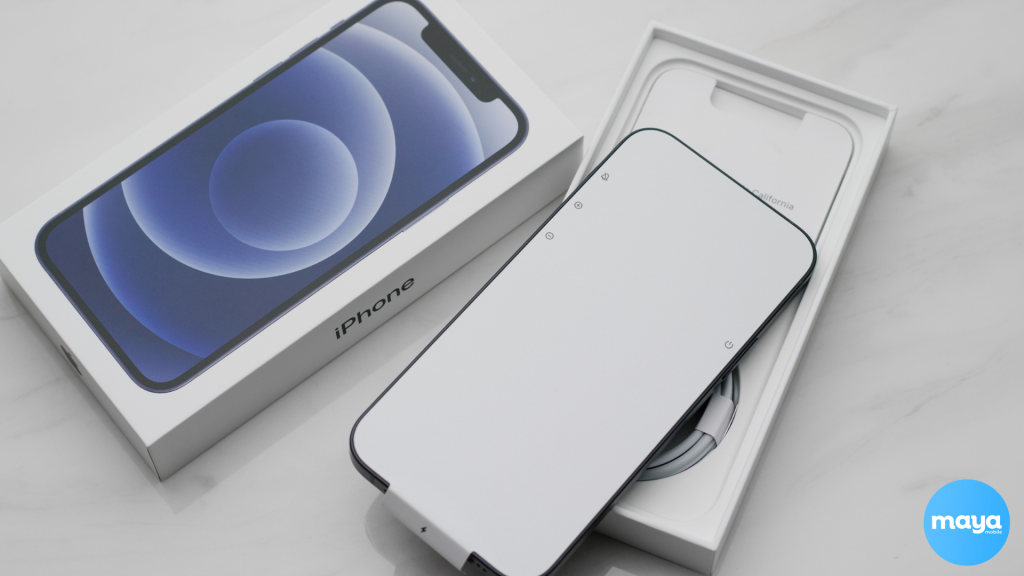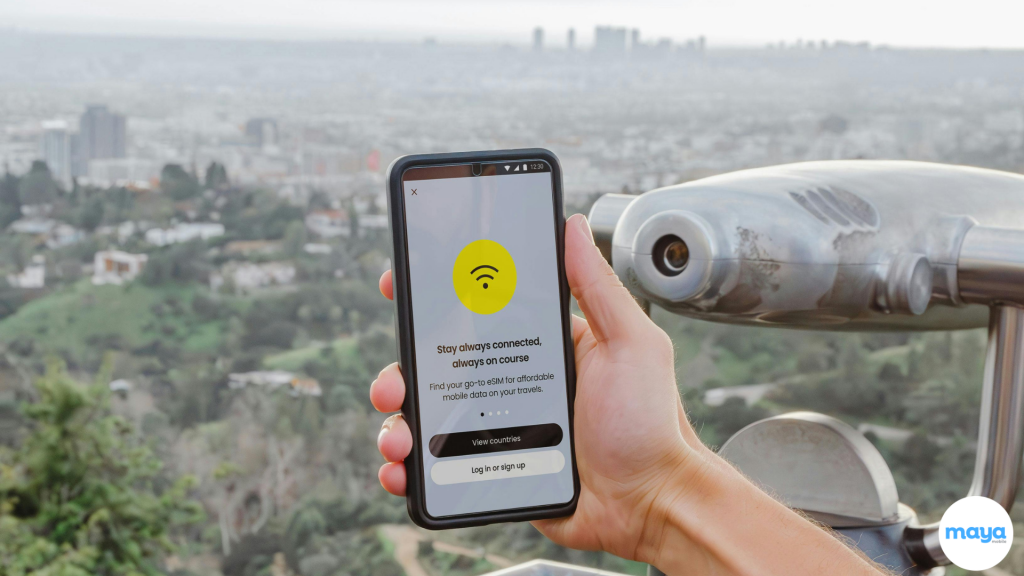Stay Connected Anywhere in the World
In today’s interconnected world, staying connected while traveling internationally is crucial. Whether it’s for business or leisure, having access to your phone can help you navigate new places, stay in touch with loved ones, and seek assistance in emergencies. However, using your phone internationally can be challenging due to unfamiliar networks, high roaming charges, and compatibility issues. In this guide, we provide valuable insights on how to use your phone internationally and stay connected hassle-free.


Get a local SIM card
What is a SIM card?
A SIM card, or Subscriber Identity Module, is a small chip that allows your phone to connect to a mobile network. It contains important information about your phone number and network provider. When traveling internationally, using a local SIM card can offer numerous advantages.
Benefits of Using a Local SIM
- Local rates for calls, texts, and data: By using a local SIM card, you can avoid exorbitant international roaming charges and enjoy affordable rates for local calls, texts, and data usage.
- Having a local phone number for reservations or emergencies: Having a local number while traveling makes it easier to communicate with local businesses, make reservations at hotels or restaurants, and reach out for emergency assistance.
- Avoiding surprise international roaming charges: International roaming charges can quickly add up to your phone bill. With a local SIM card, you can eliminate these unexpected charges and have better control over your expenses.
Steps to Get a Local SIM
- Unlock Your Phone: Ensure that your phone is unlocked for international use. Contact your current mobile service provider to check if your phone is locked and request an unlock code if necessary. Unlocking your phone allows you to use SIM cards from different network providers.
- Buying a Local SIM: Local SIM cards are readily available at airports, local stores, and online platforms. Depending on your destination, research the best places to purchase a local SIM card and compare prices and plans. Some popular options include local mobile service providers and reputable retailers.
- Activation and Top-Ups: After purchasing a local SIM card, follow the provided instructions to activate it. This usually involves inserting the SIM card into your phone and following the prompts on the device. Additionally, you can easily add more credit or data to your SIM card by purchasing top-up vouchers or using online platforms.
Potential Drawbacks
While using a local SIM card offers several advantages, there are a few potential drawbacks:
- Switching out your original SIM: Swapping out your original SIM card means you won’t receive calls or messages on your regular number. Consider informing your contacts about your temporary number or using call-forwarding services to minimize the chances of missing important communications.
- Compatibility issues: Some phones may not be compatible with certain network providers or frequencies. Before purchasing a local SIM card, ensure that your phone supports the network bands used in the country you’re visiting.
Use an eSIM card
What is an eSIM?
An eSIM, or embedded SIM, is a digital SIM card that is built into compatible devices such as smartphones, tablets, or smartwatches. Unlike traditional physical SIM cards, eSIMs offer greater flexibility and convenience.
Never used an eSIM before? Check out our in-depth guide: How Does an eSIM Work?
Advantages Over Traditional SIM Cards
- No need to swap physical cards: With an eSIM, there is no need to physically switch out SIM cards when traveling to different countries. You can have multiple plans or numbers on a single device, making it easier to manage and switch between networks.
- Ability to have multiple plans or numbers on one device: eSIMs allow you to have multiple plans or numbers on one device, making it ideal for travelers who frequently visit different countries or need separate lines for business and personal use.
- Quick and easy switching between plans: With just a few taps on your device, you can switch between different plans and activate new services. This flexibility ensures that you always have the best connectivity options wherever you go.
How to Activate an eSIM
- Checking phone compatibility: Not all devices support eSIM functionality. Check if your phone is compatible with eSIM technology by referring to the manufacturer’s website or contacting your mobile service provider.
- Scanning or entering the details provided by the eSIM provider: Once you have determined that your device supports eSIM, follow the instructions provided by the eSIM provider to activate the eSIM. This usually involves scanning a QR code or manually entering the details provided.
Popular eSIM Providers for Travelers
Maya Mobile is an eSIM provider that offers excellent coverage in 194 countries worldwide. They provide reliable and convenient eSIM solutions for travelers, ensuring seamless connectivity wherever your journey takes you.
How do I avoid phone charges when traveling internationally?
- Turn Off Data Roaming: To prevent accidental charges, turn off data roaming on your device before traveling. This ensures that your phone doesn’t connect to expensive international networks. Go to your phone settings and disable data roaming or set it to only connect to Wi-Fi networks.
- Use Wi-Fi Whenever Possible: Take advantage of free Wi-Fi available in hotels, cafes, and public spaces. However, be cautious when connecting to public Wi-Fi networks as they may not be secure. Avoid accessing sensitive information or making financial transactions while connected to public Wi-Fi.
- Messaging Apps Over Traditional Texting: Instead of using SMS, use messaging apps like WhatsApp, Telegram, or Viber that use data or Wi-Fi for communication. This way, you can send texts, make calls, and share media without incurring SMS fees.
- Voice Over IP (VoIP) Calls: Make international calls without incurring charges by utilizing apps like Skype or FaceTime that use internet connectivity instead of traditional phone networks. These apps allow you to make voice and video calls to anyone with the same app installed.
- Setting Up Travel Modes with Your Carrier: Check with your mobile service provider if they offer special international packages or modes that can help you avoid unexpected charges. These packages often include discounted rates for calls, texts, and data while you’re abroad.
- Check for Hidden Fees: Before traveling, carefully review the terms and conditions of your mobile plan to understand potential hidden fees or restrictions. Familiarize yourself with any fair usage policies or limitations, especially regarding data usage abroad.
- Offline Maps and Downloads: Download offline maps and translation apps before traveling. These apps allow you to access maps, translations, and other useful features without constant data access. This way, you can navigate new locations or communicate without relying on expensive data connections.
Ultimate Travel Hack: Wi-Fi Calling
Wi-Fi Calling allows you to make phone calls, send texts, and use data services over a Wi-Fi network— but here’s the best part! With Wi-Fi Calling, you can use your own SIM card everywhere in the world without having to deal with those pesky roaming fees—like magic.
For the full run down, see our complete guide: What is WiFi Calling?
Conclusion
By following these tips, you can ensure seamless phone usage while traveling internationally. Whether you choose to get a local SIM card or opt for an eSIM, staying connected no longer has to be a challenge. Plan ahead, compare options, and consider your specific needs to make the most of your phone while exploring the world. Remember to balance connectivity with moments of digital detachment to fully immerse yourself in the travel experience and create lasting memories.




